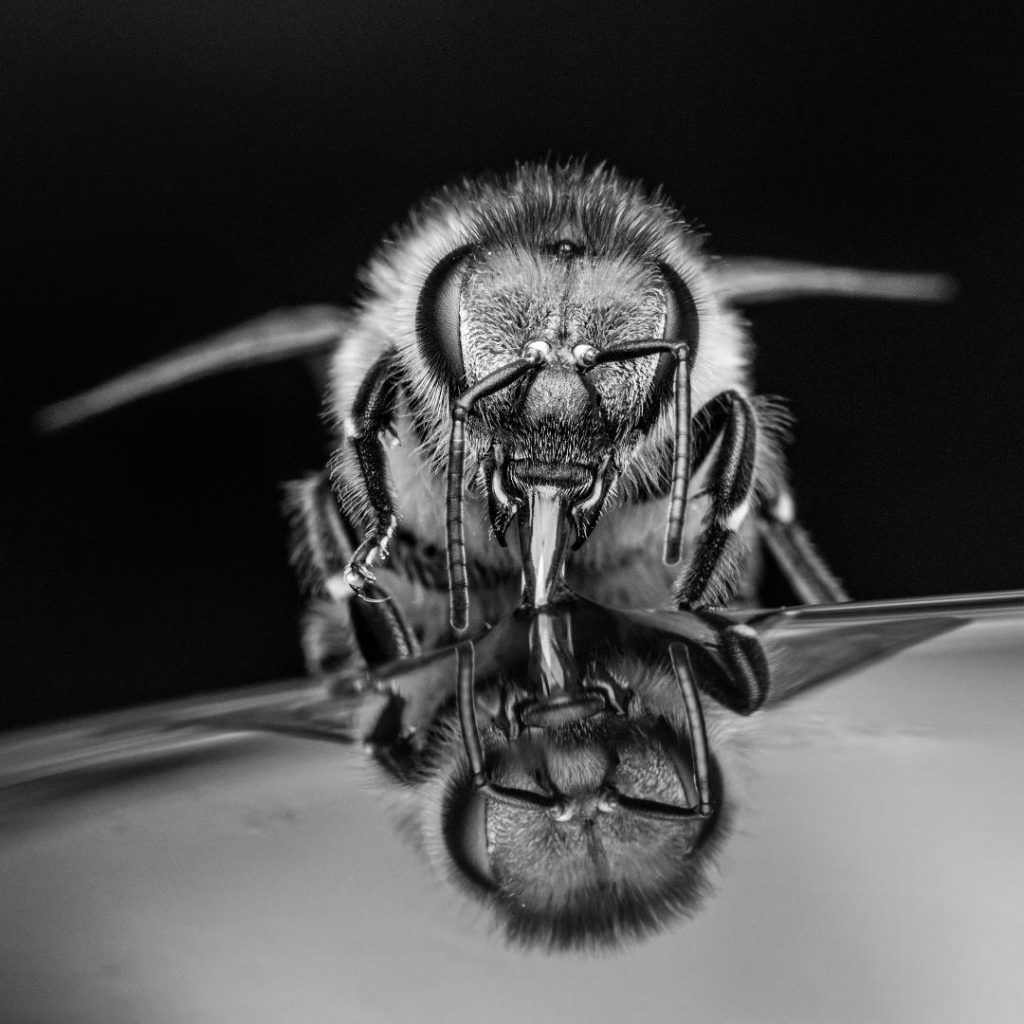A different kind of biomonitoring: honeybees to detect environmental pollutants

In their search for food, bees also collect pollutants from the air, soil and water. Accordingly, they have long been the focus of scientific attention as indicators of the extent of environmental pollution. In a recently published review article, an interdisciplinary research team led by environmental medicine specialist Daniela Haluza from MedUni Vienna's Center for Public Health has investigated how well and in what form these insects can be used to detect harmful substances in the environment. The conclusion of the work published in the journal "Insects": bees are ingenious "environmental detectives", especially for heavy metals.
The systematic literature review by Daniela Haluza's team from the Department of Environmental Hygiene and Environmental Medicine at MedUni Vienna's Center for Public Health, with the participation of the University of Leoben, summarizes the previous use of the bee species Apis mellifera (European honeybee) in pollutant monitoring. A total of 19 studies, published between 2010 and 2020, were included in the review. The majority of the articles focused on the detection of heavy metals in honey bees and hive products such as honey, while four papers dealt with the monitoring of polycyclic aromatic hydrocarbons (PAHs) and particulate matter.
"In our analysis, we were able to show that the bee as a whole, far beyond its individual products, is an outstanding indicator of the extent of environmental pollution in a particular region," explains Daniela Haluza.
With the increasing release of harmful substances into the environment, the negative consequences for health are increasing. Scientists use special detectors known as biomonitors to track down these substances. Honey bees are considered to be particularly accurate. However, when it comes to the reliability of pollutant monitoring by these insects, various factors need to be taken into account, as Daniela Haluza quotes from the review article:
"The informative value of bee products is closely linked to the time of year, weather conditions and foraging activity."
In addition, standardized studies are necessary in order to enable a uniform interpretation of the values detected in them from the point of view of environmental medicine.
But despite all the restrictions, one thing is certain:
"The industrious honeybee is an ingenious environmental detective. They have the remarkable ability to collect pollution data about a specific geographical area," summarizes Haluza in her latest publication.
Accordingly, the use of honey bees as biomonitors represents a promising avenue for continuous pollution monitoring that complements traditional stationary monitoring stations. This approach offers a broader perspective for environmental medicine and is in line with the One Health concept, which recognizes the interconnectedness of environmental, animal and human health.






